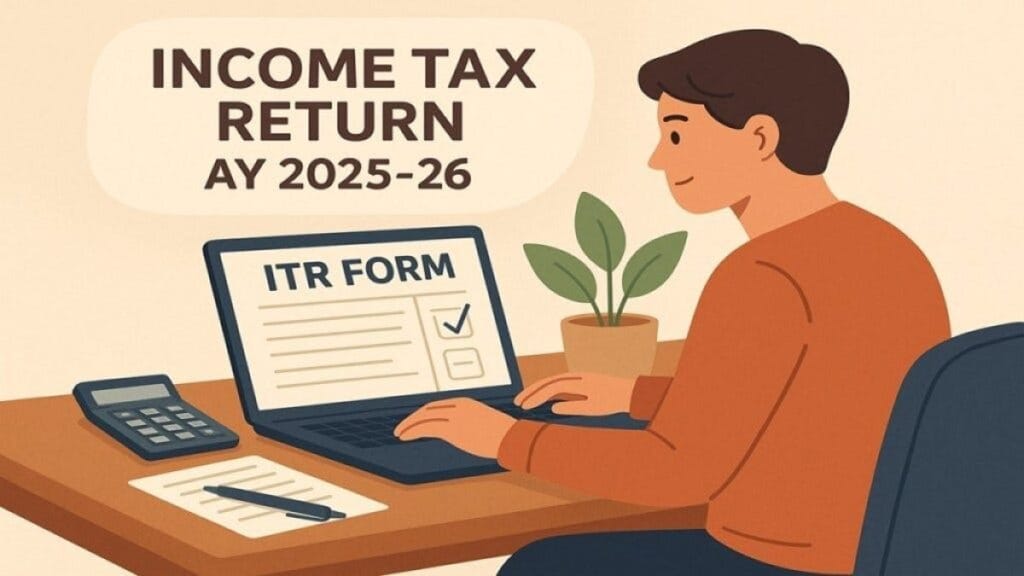With the start of ITR filing for Assessment Year 2025–26, it’s important for individuals and businesses to stay updated on applicable due dates, revised presumptive taxation limits, and correct selection of ITR forms. Filing on time is important, but filing correctly is what ensures hassle free processing.
Here’s a detailed guide to help you understand the latest updates and choose the correct ITR form this year.
Revised Due Dates for ITR Filing
15 September 2025 – For individuals, HUFs, and other taxpayers not liable for audit
31 October 2025 – For persons liable to audit under any law (not just the Income Tax Act)
30 November 2025 – For taxpayers required to furnish a report under Section 92E (international transactions/transfer pricing)
ITR Forms for AY 2025–26
ITR-1 (Sahaj)
Applicable to
Resident individuals (not HUF) with total income up to ₹50 lakhs from salary, one house property, and other sources such as interest income.
Not applicable if
You have capital gains, business or professional income, foreign assets or income, agricultural income above ₹5,000, or are a director in a company.
ITR-2
Applicable to
Individuals and HUFs not having business or professional income. It covers income from salary, multiple house properties, capital gains, foreign income or assets, and dividend income.
Not applicable if
You have income from business or profession. In that case, ITR-3 or ITR-4 would be appropriate.
ITR-3
Applicable to
Individuals and HUFs having income from business or profession under a normal computation (not presumptive). This includes those maintaining books of accounts or earning income from speculative business, commissions, or intra-day trading.
ITR-4 (Sugam)
Applicable to
Individuals, HUFs, and firms (other than LLPs) opting for presumptive taxation under Section 44AD (business), Section 44ADA (professionals), or Section 44AE (transporters).
Presumptive Limits
- Normal cases (where cash receipts exceed 5 percent of total receipts):
- Section 44AD: Up to ₹2 crore
- Section 44ADA: Up to ₹50 lakh
- Enhanced limits (where cash receipts do not exceed 5 percent):
- Section 44AD: Limit increased to ₹3 crore
- Section 44ADA: Limit increased to ₹75 lakh
These enhanced limits are applicable from AY 2024–25 onwards and aim to promote digital payments while simplifying compliance for small taxpayers.
What’s New in AY 2025–26
Revised ITR Utilities
JSON-based utilities have been updated and offer enhanced pre-filling of data from AIS and TIS, minimizing manual entry and reducing errors.
Pre-filled Data and AIS Reconciliation
Taxpayers should carefully verify pre-filled income details with their AIS and Form 26AS to ensure there are no mismatches during processing.
Conclusion
Filing your ITR on time is no longer enough, filing it correctly is critical. Whether you’re a salaried employee, a professional under presumptive taxation, or running a small business, choosing the correct ITR form and understanding the latest changes can make a big difference.
If you’re unsure about which form to file or how new provisions apply to your case, professional guidance can ensure compliance and peace of mind.
Written By CA Aryan Mittal

